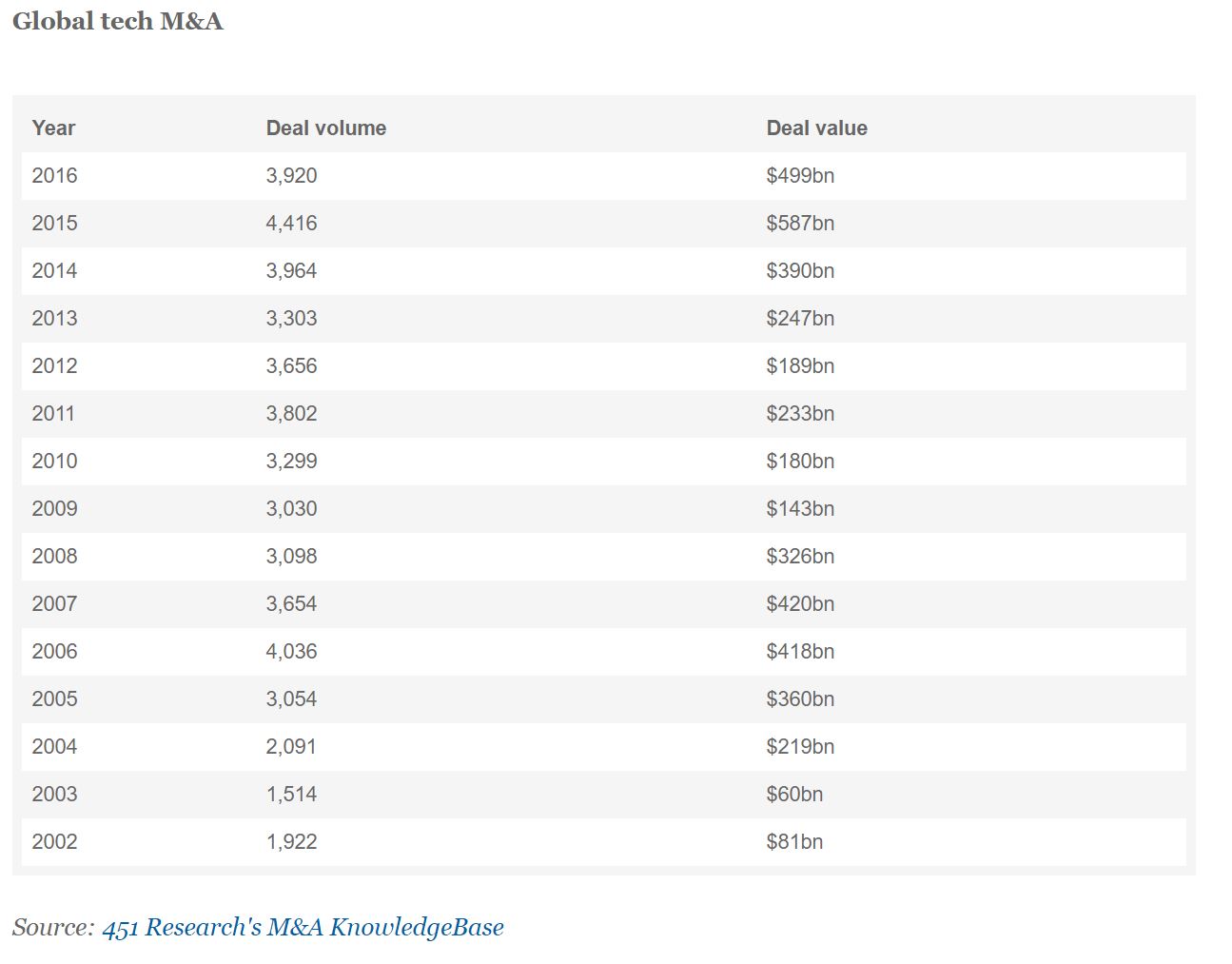Contact: Brenon Daly
Continuing its M&A strategy of bolting on technology to its core platform, ServiceNow has reached for predictive software startup DxContinuum. Terms of the deal, which is expected to close later this month, weren’t announced. DxContinuum had taken in only one round of funding, and appears to have focused its products primarily on predictive analytics for sales and marketing. ServiceNow indicated that it plans to roll the technology, which it described as ‘intelligent automation,’ across its products with the goal of processing requests more efficiently.
Originally founded as a SaaS-based provider of IT service management, ServiceNow has expanded its platform into other technology markets including HR software, information security and customer service. Most of that expansion has been done organically. ServiceNow spends more than $70m per quarter, or roughly 20% of revenue, on R&D.
In addition, it has acquired four companies, including DxContinuum, over the past two years, according to 451 Research’s M&A KnowledgeBase. However, all four of those acquisitions have been small deals involving startups that are five years old or younger. ServiceNow has paid less than $20m for each of its three previous purchases. The vendor plans to discuss more of the specifics about its DxContinuum buy when it reports earnings next Wednesday.
ServiceNow’s reach for DxContinuum comes amid a boom time for machine-learning M&A. We recently noted that the number of transactions in this emerging sector set a record in 2016, with deal volume soaring 60% from the previous year. Further, the senior investment bankers we surveyed last month picked machine learning as the top M&A theme for 2017. More than eight out of 10 respondents (82%) to the 451 Research Tech Banking Outlook Survey predicted an uptick in machine-learning M&A activity, outpacing the predictions for acquisitions in all individual technology markets as well as the other four cross-market themes of the Internet of Things, big data, cloud computing and converged IT.



